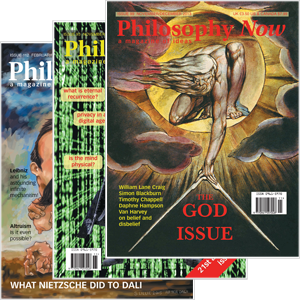
Your complimentary articles
You’ve read all of your complimentary articles for this month. To have complete access to the thousands of philosophy articles on this site, please
If you are a subscriber please sign in to your account.
To buy or renew a subscription please visit Subscriptions.
If you are a print subscriber you can contact us to create an online account.
The Art of Living
Three Types of Philosophy Text
Massimo Pigliucci organizes his library.
Have you ever read modern technical books in philosophy? If so, you might have noticed that, broadly speaking, they fall into two categories: treatises on a particular subject matter (say, John Rawls’ A Theory of Justice, 1971), and commentaries on what has been written by philosophers of previous generations (for example, the classic A Commentary on Kant’s Critique of Practical Reason by Lewis White Beck, 1960).
Both forms have a long history. The tradition of treatises goes back to early ancestors such as Aristotle’s Nicomachean Ethics (fourth century BCE), while the tradition of commentaries finds predecessors in authors such as Alexander of Aphrodisias (early third century AD). The ancient and modern versions of these two types of work are of course different, but the basic idea is the same. What the modern literature in philosophy is largely missing (there are a few exceptions) are two additional types of texts that were very popular when philosophy was considered, not a technical field of inquiry, but a way of life: biographies and guides to living better.
…









